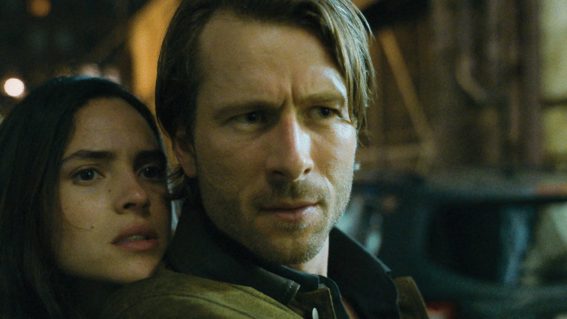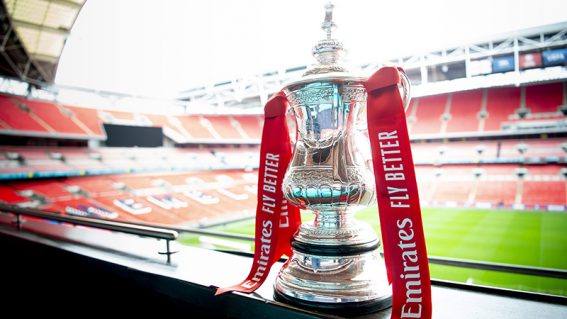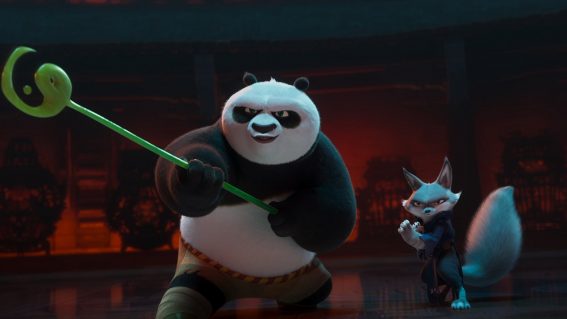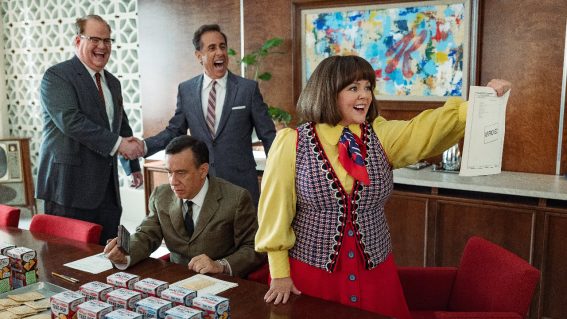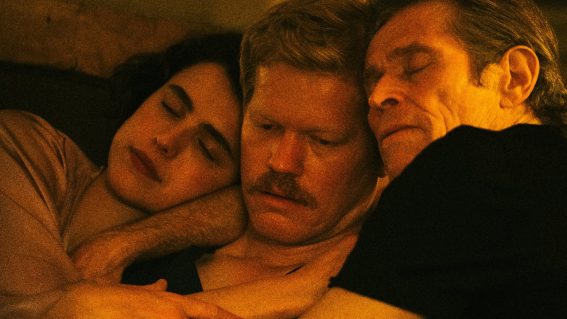Top Ten: ‘Mad Men’ creator’s required movie viewing
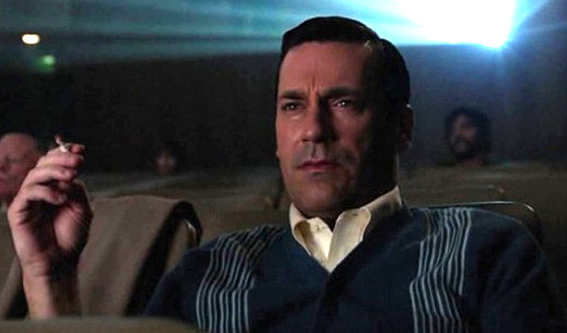
As Matthew Weiner’s beloved Mad Men prepares to unveil the second chunk of its bifurcated final season, New York’s Museum of the Moving Image is hosting an awesome-looking exhibition about the show, including actual sets, props and costumes. Weiner is also programming a series of films called ‘Required Viewing: Mad Men’s Movie Influences’.
The Museum of the Moving Image describes the series as follows (read on for the list of films and descriptions written by Weiner):
With its richness of detail and depth of characterization, Mad Men has an artistic ambition that reveals many influences. Series creator Matthew Weiner drew from literature, cinema, fashion, photography, architecture, music, and more, to help create the world of the show. His goal was not just to give us a realistic depiction of the period, but to delve deeper, to take us into the inner worlds of the show’s characters, into the obsessions, desires, and dreams that lie beneath the surface. For this film series, Weiner has selected ten movies that had an important influence on the creation of Mad Men, movies that made a deep impression on him and were required viewing for people working on the show. The films in this series all played an important role in making Mad Men such a great accomplishment as a narrative of America in the 1960s.
The Apartment
Dir. Billy Wilder. 1960

“I had seen this for the first time in film school and was bowled over by the dynamic writing and the passive nature of its hero, Jack Lemmon’s C.C. Baxter. It is definitely a story of its times, firmly rooted in a Manhattan where seemingly regular men behave unscrupulously, and it completely engaged my imagination as a representation of office and sexual politics at the time. It blends humor and pathos effortlessly.”
More info and On Demand options
North By Northwest
Dir. Alfred Hitchcock. 1959

“This film became an important influence on the pilot because it was shot in New York City, right around the time the first episode takes place. While more overtly stylized than we wanted to imitate, we felt the low angles and contemporary feel were a useful reflection of our artistic mindset. I had studied the film in depth at USC film school and absorbed much of its “ordinary man in extraordinary circumstances” narrative drive. It is worth noting that Cary Grant is playing an Adman named Roger, who is forced to assume another man’s identity.”
More info and DVD/Blu-ray/On Demand options
Blue Velvet
Dir. David Lynch. 1987

“Remarkably original for its time, this film had an impact on my generation that can’t be underestimated. I saw it as I was finishing college and applied to film school soon after. Indefinable in genre, Blue Velvet moves from murder mystery to film noir to black comedy to coming-of-age story, almost from scene to scene. With stylistic richness and psychological complexity, it celebrates the horror of the mundane and is filled with reference to a kitschy and ironic “’50s” milieu. This incredible observation informed much of the 1980s and became an inspiration for the series and its attempt to equally revise our mythical perception of the period.”
More info and Blu-ray/On Demand options
Vertigo
Dir. Alfred Hitchcock. 1958

“Released to negative reviews, it now ranks for many as the greatest film ever made. I had not seen it before the show began, but finally caught it on a break after the first season. I was overwhelmed with its beauty, mystery, and obsessive detail. I remember watching the camera dolly-in on Kim Novak’s hair and thinking, “this is exactly what we are trying to do.” Vertigo feels like you are watching someone else’s dream.”
More info and DVD/Blu-Ray/On Demand options
The Good Time Girls (Les Bonnes Femmes)
Dir. Claude Chabrol. 1960
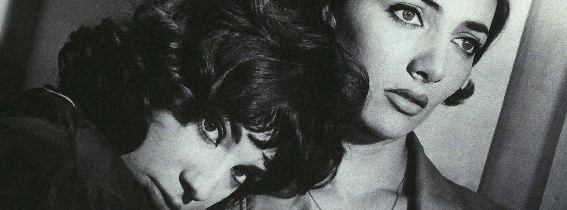
“I first saw this in film school and shared it to help the production design of the pilot because it was shot in the streets of Paris, with little embellishment, at exactly the time we were trying to recreate. The thematic aspects were valuable as well, as the film tells the everyday story of four bored working women led astray by their romantic fantasies. My favorite sequence, a kind of postscript to the whole film, is particularly relevant to the series as it features an unknown woman looking right down the lens at the audience.”
Patterns
Dir. Fielder Cook. 1956

“I saw this film version as a child on sick day from middle school; it was originally written and produced for live television in 1955. Rod Serling ingeniously creates a boardroom passion play with a chilling first-person climax that I never forgot. We used it often over the life of the series to get a sense of the real offices and to see how virtue and ambition can clash when the older generation is pushed aside and ruthless business confronts humanity.”
Dear Heart
Dir. Delbert Mann. 1964
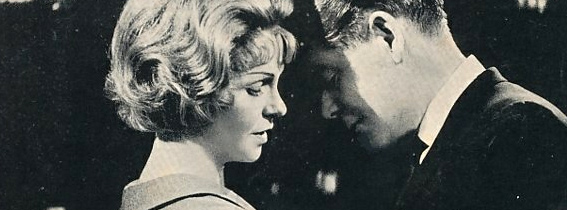
“Stumbling upon this film gave me the impetus to finally write the pilot. I was taken by this mainstream Hollywood film that reflected a very casual attitude towards sex, something that seemed uncharacteristic to my preconceptions of the era. With its glib bachelor hero and dowdy, conservative ingénue, it tells a tale of moral corruption and heartbreaking duplicity in the form of a light comedy. As Glenn Ford tries to change his ways and take responsibility for his meaningless romances in glamorous Manhattan, I found a jumping-off point for the series.”
The Bachelor Party
Dir. Delbert Mann. 1957
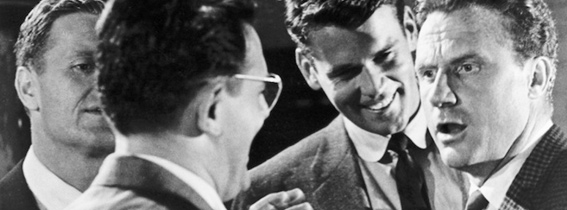
“Originally written and produced for live television in 1953, this film reteams writer Paddy Chayefsky and director Delbert Mann, and reflects the painful realism of their previous collaboration, the Oscar-winning film Marty. The “swinging bachelor” was a trope of fiction at this time, but this film poetically undoes the clichés of male camaraderie and presents both the issues of fidelity and loneliness with an unflinching eye.”
The Best of Everything
Dir. Jean Negulesco. 1959

“A highly stylized and star-studded adaptation of Rona Jaffe’s 1958 best-seller, this film became part of the group mind-set for the pilot. Although I felt that it was a visually glamorized, and extremely melodramatic, I could see that its story was a well-observed representation of working women in New York at the time. The workings of the office, the romantic complications, and the living situations all smacked of the truth. Like many popular films of the time, it helped to inform our characters—they certainly would have seen it, and it would have had an impact on their real expectations.”
The Americanization of Emily
Dir. Arthur Hiller. 1964

“I saw this first in film school and was taken immediately with Paddy Chayefsky’s ironic and rhythmic dialogue and by its deep anti-war sentiment, which was shocking because it was rarely discussed in the context of the allies in World War II. James Garner’s portrayal of Charlie, a callow and glib womanizer who has given up on humanity and is then forced into heroism, influenced our attempt to recreate the mid-century male mindset and its relationship to existential absurdity.”

